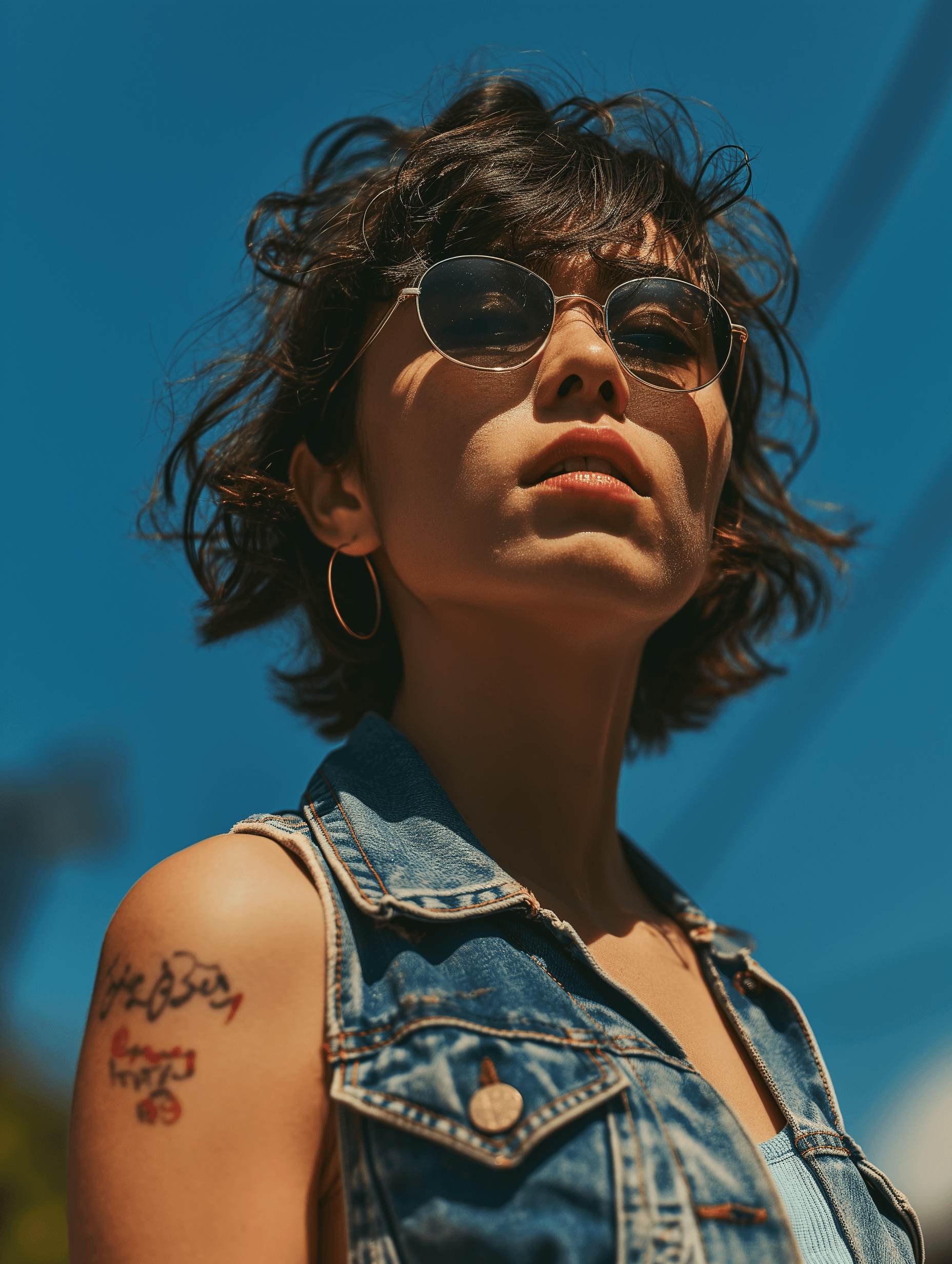This case study breaks down how I built a fast, focused MVP for AI-generated captions on mobile. Launched in just a month, it helped us validate demand, learn from real users, and set the direction for quso.ai’s mobile roadmap.
My role
Research
& Product Design
Team
Founder, Product Manager,
Product Designer
2 Developers
Timeline
1 month

When Quso set out to bring its full suite of AI tools to mobile, we quickly realized shipping everything at once would slow us down — and likely miss the mark. So we stripped it down to just one high-impact feature: AI Captions. This case study walks through how we turned that narrow scope into a fast, focused MVP, and how I led the end-to-end design to learn quickly, validate real behavior, and pave the way for Quso’s mobile roadmap.
We designed the MVP to focus on one clear outcome: fast AI-powered captions on mobile. No sign-ups, no complex editors, no fluff. Users could upload or record, pick a language, and generate ready-to-post videos in seconds. We limited editing options to a few animations and styles, added paywalls at just the right moments, and built the whole flow to learn what mattered most: speed, quality, or control.
Since quso.ai’s web platform was already live, we didn’t start from zero. I had the opportunity to interact directly with web users, from individual creators to agencies managing multiple clients, and their feedback shaped much of our mobile strategy.
Solo creators wanted a mobile-first solution; they shoot, edit, and post from their phones and needed a faster way to add captions.
Customization fatigue was real; users didn’t want endless options; they just wanted clean, good-looking captions, fast.
Mobile app demand was strong, especially from individuals who valued speed, simplicity, and no-login workflows.
To shape the mobile experience, I analyzed over 8+ apps across various verticals, ranging from niche caption tools like CaptCut and Veed to broader content tools like Canva and Instagram. The audit helped identify proven UX patterns, friction points, and opportunities for differentiation.

Home Screen Iteration 2
We also explored an iteration where feature cards were shown directly on the home screen, instead of being tucked behind a Create tap, to make the app’s value more immediately discoverable.
The goal across versions was to reduce the learning curve and make it easier for web users to adopt the app.
Generating AI Captions
The preview screen offered only essential options, language selection, and trim, keeping the experience clean while giving users light control before generating captions.
The “Generate Captions” CTA was made prominent and primary to drive quick action and maintain momentum.
We added a loading screen to bridge the AI processing time (which takes roughly half the duration of the uploaded video).
We also included a message on the loader that let users exit the screen and return later, reducing frustration during longer waits and allowing the process to feel less blocking.
Editor
After generating captions, users landed in an editor that felt lightweight yet powerful.
Users could quickly preview & apply changes, making the editor feel responsive and creative.
It encouraged exploration without confusion, a win for mobile-first creators who want results, not learning curves.
The interface made even first-time users feel like they knew what to do — no guesswork, no clutter.

Styles - Effects Customization with Real-Time Preview
I put all the styling options like font, size, color, and effects into a full-screen bottom sheet to give users a clean, focused space to customize. Adding a preview to show changes right there made it easy to play around without distractions.
We did think about using a smaller sheet so users could see the main video while editing, but that required more complex state management and rendering logic, syncing real-time style changes with the base video player outside the sheet. For the first version, we went with a setup that was simple, stable, and still felt easy to use.
Export
We wanted creators to instantly visualize their content in a social context, so the Reel-style preview made the outcome feel relevant and ready for sharing.
We showed the upgrade options right away, so users could make quick decisions without losing their flow.
Profile
I kept the profile screen simple on purpose, focused only on what mattered: managing plans and accounts. Since login wasn’t needed for the first 5 videos, most users didn’t need to interact with it early on.
But for those who upgraded, it offered a clear, dedicated space to manage subscriptions. This helped us support a frictionless, no-login MVP while still laying the groundwork for future account-based features.
We used Superwall to test monetization early, giving us speed, remote config, and analytics without custom dev work.
Ran a 50/50 A/B test between two paywall designs:
→ Design 1: Simple layout with full info and both plans upfront
→ Design 2: Visual-led with animation and pricing shown later
Design 1 outperformed Design 2 on both platforms:
→ iOS: 11.6% vs 7.4%, Android: 1.5% vs 1.1%
Key takeaway: Clarity beats polish — users convert better when pricing and benefits are immediately visible.
Designed an in-house paywall (3rd design) for full visual control, but ultimately chose Superwall to move faster and learn quicker.
First design layered too many controls over the video. The traditional horizontal thumbnail scrubber felt unnecessary.
With a linear caption editor and short-form content, the thumbnail element didn’t provide meaningful value — it only complicated the layout.
Third design's approach appeared dynamic, but in practice, it increased cognitive load. Users now had to scan multiple areas for controls.
Launching Captions & Subtitles was a crash course in fast decision-making, scope control, and designing for speed without losing clarity. I learned that simplicity outperforms, and that shipping a focused MVP, even under a different name, can teach you more than a full-featured launch ever could.
The learnings from this launch are now informing the next phase of quso’s mobile strategy, with deeper editing, smarter defaults, and expanded AI tools. And personally, it reminded me how valuable it is to design for progress, not perfection.















